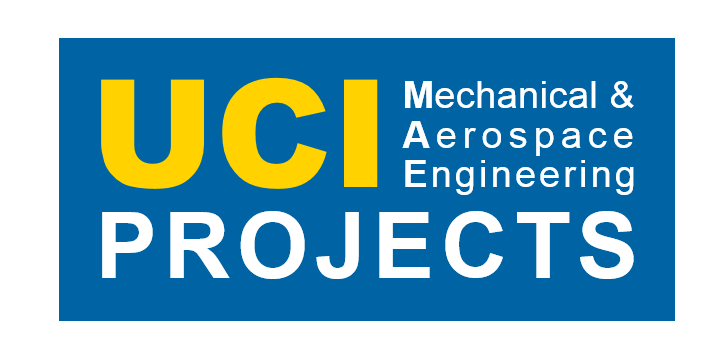The airplane mechanism’s CAD design has been completed in SolidWORKS. The next objective is to formally derive the equations for the flapping as a crank and rocker mechanism in order to determine the appropriate proportion for oscillation since the airplane aileron and elevators don’t have a large maximum due to the flimsiness of the material. After that, the small linkages can easily be 3D printed and assembled with the entire mechanism. Otherwise, the next goal is to decide how to mount the mechanism onto the plane via on the top of the wing and inside of the airplane.
The airplane mount CAD has also been finished, and now Derek is in the process of researching the best material to use for the bearings. We planned to use carbon fiber for everything, but he determined that aluminum material with the bearing has lower friction than aluminum with carbon fiber. In addition, we may need to 3D print the revolute joints since there are no accessible on-the-shelf parts.
The airplane reinforcement needs to wait for the carbon fiber to come in. We need to measure the surface area of the airplane in order to determine how much cost it will take to cover the airplane. Otherwise, the next objective is to work with the other two teams in order to decide where to place each part.
The calculation team is in the process of determining the plane’s center of gravity. We need this in order to determine the trim for the plane at all angles of attack. We wanted to determine this center experimentally as well, but this may be ineffective since after mounting the mechanism and mount, the center of gravity will change.
Patrick Huynh
LIBRA Documentation Manager

